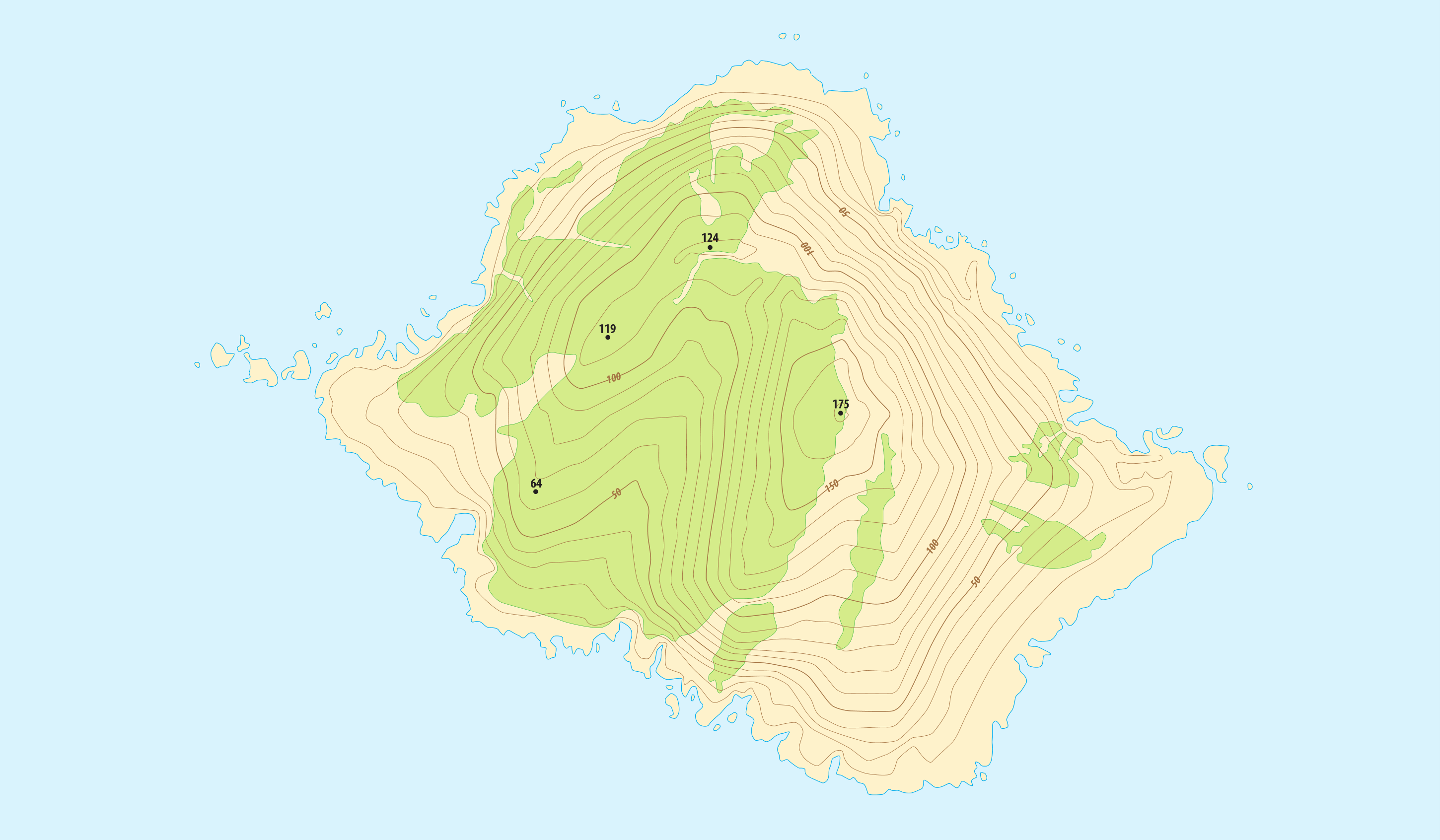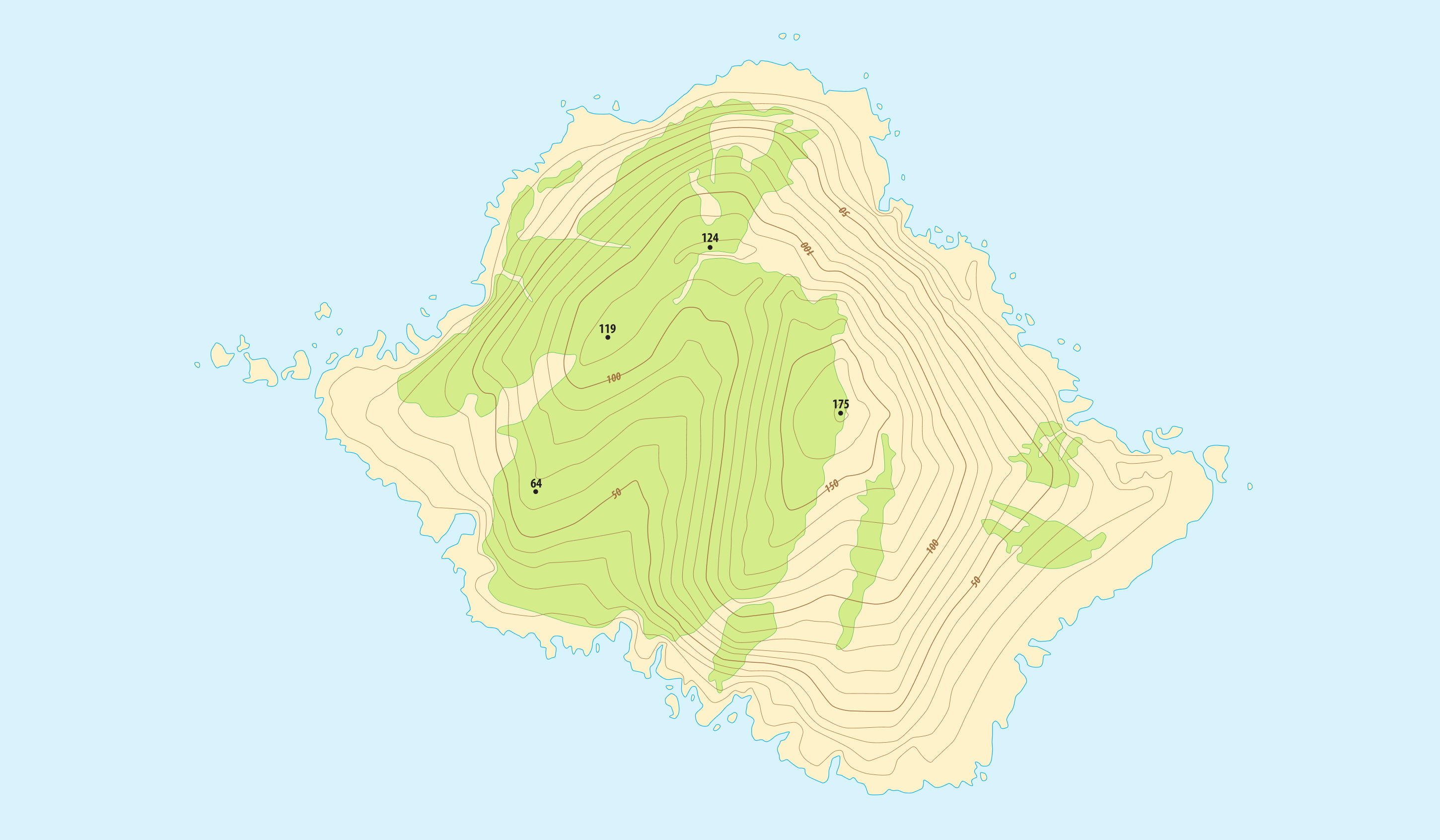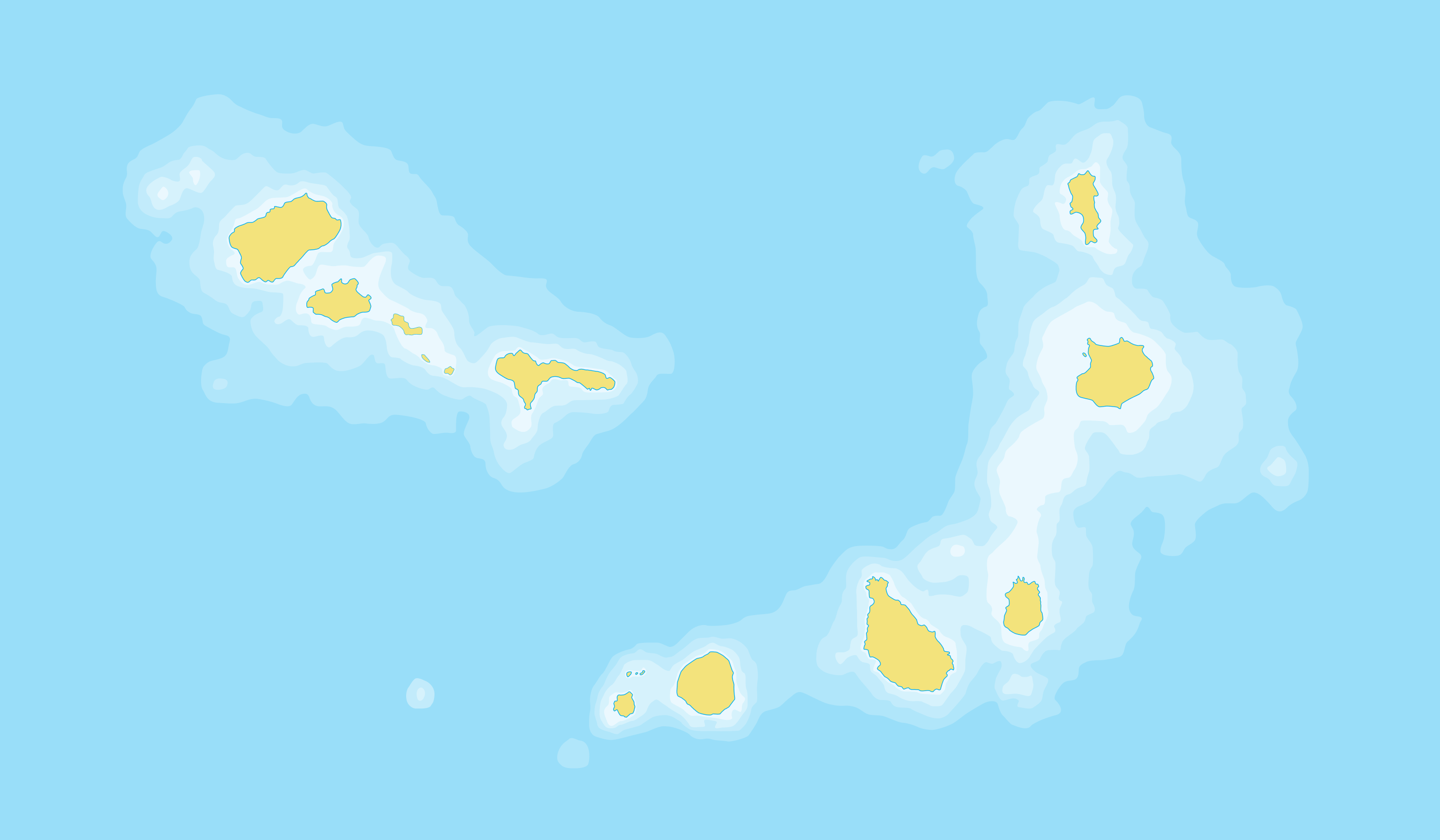The Explorer’s Metaphor — Part 2: Discovering Islands
Discovering Islands: Seeing problems/challenges as islands & archipelagos.

The explorer’s metaphor is a series of articles that aim to provide an introduction to sensemaking and complexity management for designers, managers, and decision-makers. Read part 1 here.

You are explorers. You are navigating on (more or less) calm seas and see on the horizon an island. You don’t know how big the island is, or what to find there. If you were to land on its shore, you wouldn’t know where you are because you don’t have any point of reference yet. You know, however, that a map would be useful for you to make better decisions, as to what seems important to understand and explore first.
An island is a context, a subject, something you can’t ignore, solve, or remove. There are people, an ecosystem, infrastructures, a topography, a local weather system, things that are unique, and others that are generic. Beyond these, there are, not visible at first glance, relationships between them that determine values and meanings in this specific context.
This is your challenge, the context of the problem you are facing. This is its physical (and virtual), yet often imperceptible, space.
As for problems, from where you are, looking at the island, you can get a rough idea of some of its features, but you’re too far to understand all the relationships at play there: you’re still in a confused state. Concluding too quickly to anything by deduction or extrapolation, so far, would be a mistake (and in your case, a potentially life or death one).
Islands and archipelagos

Several contexts, challenges, or problems can be found close to each other, like an archipelago.
An archipelago is a coherent group of islands — or a coherent group of contexts. Each island/context can be very different in size and ecosystem but are related to each other in a fundamental way.
Thanks for reading!
This is part two of a series of articles that aim to provide an introduction to sensemaking and complexity management for designers, changemakers, managers, and decision-makers through metaphors & abstractions.
